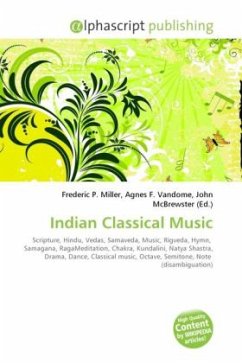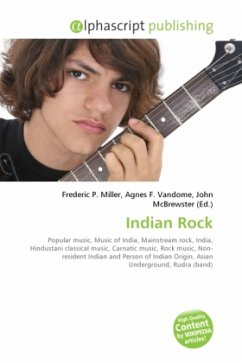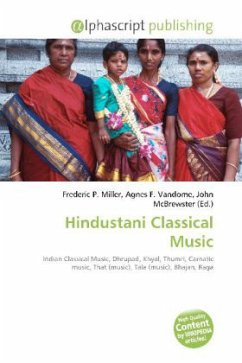High Quality Content by WIKIPEDIA articles! The origins of Indian classical music can be found from the oldest of scriptures, part of the Hindu tradition, the Vedas. It is also significantly influenced by Persian music. The Samaveda, one of the four Vedas, describes music at length. The Samaveda was created out of Rigveda so that its hymns could be sung as Samagana; this style evolved into jatis and eventually into ragas. Indian classical music has its origins as a meditation tool for attaining self realization. All different forms of these melodies (ragas) are believed to affect various "chakras" (energy centers, or "moods") in the path of the Kundalini[citation needed]. However, there is little mention of these esoteric beliefs in Bharat's Natyashastra, the first treatise laying down the fundamental principles of drama, dance and music. Indian classical music has one of the most complex and complete musical systems ever developed. Like Western classical music, it divides the octave into 12 semitones of which the 7 basic notes are Sa Re Ga Ma Pa Dha Ni Sa, in order, replacing Do Re Mi Fa Sol La Ti Do.
Bitte wählen Sie Ihr Anliegen aus.
Rechnungen
Retourenschein anfordern
Bestellstatus
Storno








